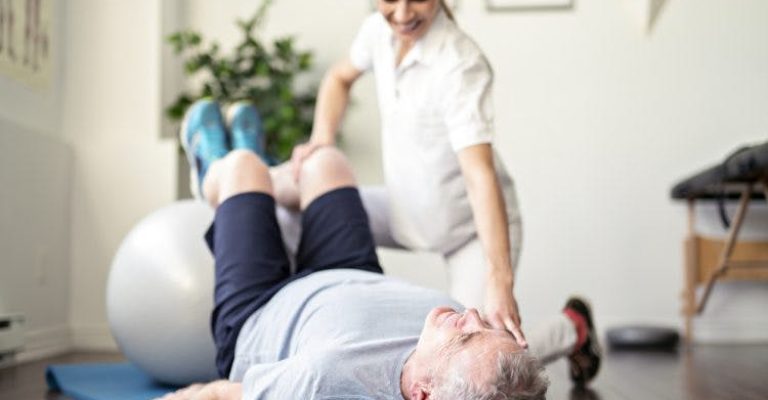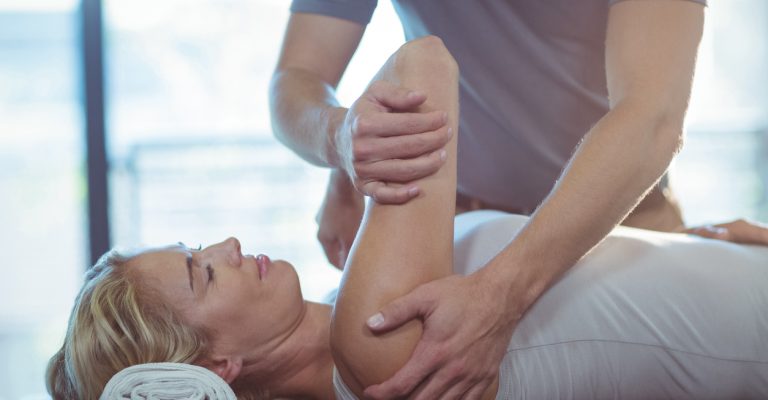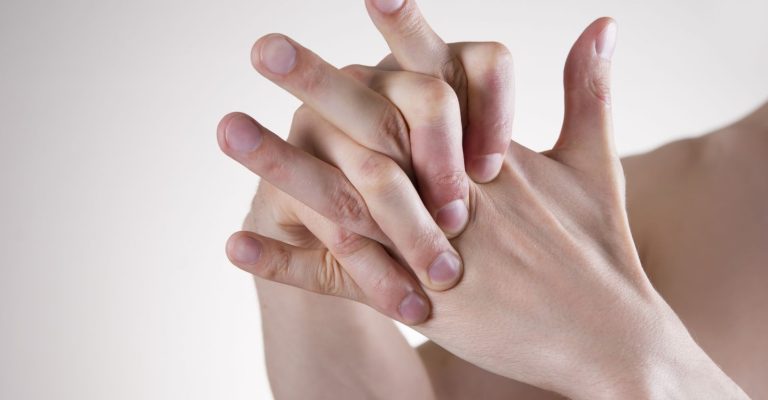
The basis of the healing and rehabilitation process for stroke patients is exercise, regardless of whether or not the affected arm is able to move on its own or needs help.
You are going to acquire knowledge about the distinction between active and passive exercise, as well as the reasons why exercise assists in the rehabilitation of paralysis after a stroke. After that, you will learn some instances of different workouts that you may do.
These paralysis exercises will enable you to actively do something for your recovery from post-stroke paralysis, as well as take responsibility for your body. If you are uncertain about your possibility of recovering from post-stroke paralysis, you should try these exercises.
A therapy and rehabilitation approach is established based on the circumstances. The bare minimum curriculum includes teaching patients self-care skills, communication, mobility, speech, and intellectual abilities. Only then can you consider regaining professional abilities.
The sooner the rehabilitation program begins, the better its prospects of success. If feasible, recovery should begin in the hospital. Lost time has the ability to reduce the possibility of enhancing human health.
Patients who have had a stroke have paralysis or paresis of at least one area of their body in more than 90 percent of cases. One of the primary goals that rehabilitation strives to achieve is the restoration of a patient’s motor functions. The arms and legs are the primary sites of involvement for this condition.
If a person is unable to maintain control of the muscles in their legs, they will lose the capacity to walk. If a person is unable to maintain control of the muscles in their hands, they will be unable to operate a variety of things. Restoring the functioning of the hands often requires much more time and effort because of the greater complexity of the motions they conduct. It is common for the condition to afflict both limbs on either side of the body.
It is required to engage in extensive retraining in order to regain the nerve functions that were lost as a direct consequence of a stroke. In order to accomplish this goal, it is required to carry out the physical treatment complexes that have been recommended. They are helpful in restoring the functioning of those portions of the body, including walking, hand motions, and fine motor skill movements of the fingers, over which the patient has lost some control. Exercises designed to prevent paralysis should not, of course, be taxing.

Active rehabilitation exercise entails doing a movement on your own.
The passive exercise entails supporting your damaged limbs in performing an activity. Stroke patients with paralysis should begin here.
Passive exercise aids in paralysis recovery since it includes moving your paralyzed muscles with your non-affected side, and any form of movement sends messages to the brain.
Passive exercise may need the assistance of a caregiver, therapist, or family member to move the afflicted arm or limb through a pain-free range of motion.
Passive rehab exercise aids paralysis recovery by activating neuroplasticity, the process through which your brain rewires itself after damage.
Although passive exercise may not seem like you’re “doing it yourself,” feeling and movement stimulation triggers neuroplasticity and sends messages to the brain.
When a stroke affects a portion of your brain, neuroplasticity permits other areas of your brain to form a new route. Neuroplasticity is the process through which you restore mobility after a stroke.
Neuroplasticity may be activated by repetition and persistent awareness of your damaged side. When you look at your arm, touch it, clasp your hands together, or move your arm, you transmit signals to your brain.
If you wish to restore mobility following post-stroke paralysis, you must do passive paralysis exercises on a regular basis.
Begin with passive exercise at first. As you progressively recover modest amounts of mobility, you may graduate to more vigorous workouts.
Progress may be quite sluggish. Patients will be motivated to continue their passive exercise if they see twitches or little movements returning.
By aiding your afflicted muscles through the motions, passive workouts may be modified from any active activities.

Straighten your fingers after bending them into your palm, or work on straightening your fingers if they are already bent. Repeat 5–10 times more.
Allow your arms to move through their entire range of motion at least three times each day. Stretch stiff muscles as far as your body will allow and hold for 60 seconds.
Lie on your back with your arms outstretched in front of you. Clasp your hands together and bend your wrists 5 to 10 times from side to side.
These paralysis exercises help you regain mobility after a stroke by linking your thoughts to your muscles.
Mental practice is picturing (or visualizing) yourself and making the motions you want to improve. This, like physical exercise, serves to stimulate neuroplasticity.
Stroke patients who are paralyzed may benefit from combining mental practice with passive exercises since the mind and body are inextricably linked, and both need repair.
Combining mental and physical practice yields even higher outcomes.
Physical activity is essential to the rehabilitation of paralysis after a stroke. Daily participation in passive rehabilitation activities helps to ensure that the brain receives the stimulus it needs in order to recover.
Your chances of healing will be significantly improved if you maintain a routine of engaging in regular physical activity. It is crucial to practice patience while waiting for results and to rejoice in even the smallest evidence of improvement.
For example, if you start to see twitches in your afflicted arm or hand, it is an indication that movement is returning to those areas. You will prevail on the path to recovery if you keep up the hard effort that you have been putting in.